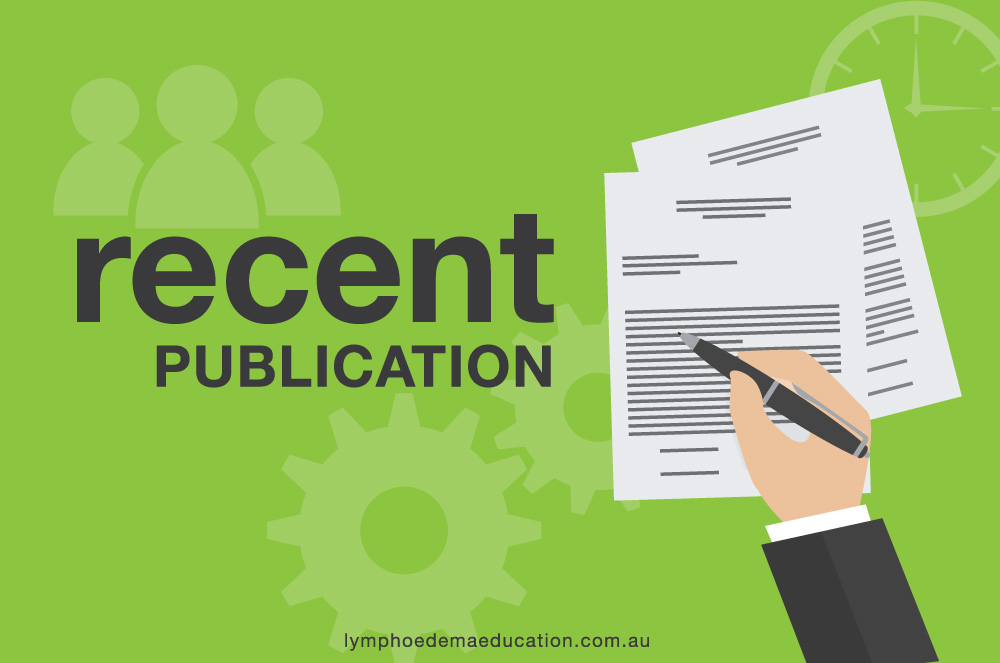NICE Interventional procedures guidance – “Low Level Laser therapy for preventing or treating oral mucositis caused by radiotherapy or chemotherapy “
Review by Sharon Tilley, Physiotherapist

The National Institute For Health & Care Excellence (NICE ) is a non-departmental public body based in the UK and although they are accountable to the Dept of Health & Social Care their legislation allows them to set up guidance and health recommendations independent of government. Since 1999 they have provided evidence-based guidelines and protocols on a wide range of health and social care topics. They have a reputation for rigour, independence and objectivity.
In this light of authorative evidence and best practice it was pleasing to find that in mid-2018 WALT (World Assoc of Laser Therapy) made public the NICE recommendation that Low-Level Laser (now known as Photo biomodulation) be accepted as an evidence-based therapy for preventing and treating oral mucositis caused by radiotherapy or chemotherapy.
A document detailing the procedural overview and evidence that underpins this recommendation can be found here
In summary the committee’s findings and recommendations were;
- Evidence was considered from 11 sources including 3 systematic reviews, 7 RCT’s and 1 non-randomised comparative study
- The key outcomes were improved QOL, reduction in oral mucositis severity rating and incidence, reduction in pain and analgesic requirements, improved nutrition, reduction of dysphagia and fewer interruptions in chemotherapy cycles due to symptoms of oral mucositis.
- The most significant benefits were for those undergoing radiotherapy for head and neck cancers or with chemotherapy for haematological cancers
- Patients who had prophylactic PBM had a statistically significant better progression free survival rate compared with those who had sham PBM.
- The incidence of oral mucositis was statistically significantly less in treatments with both red and /or infrared wavelengths compared with sham laser. There was no data to compare red vrs infrared effects
- In a systematic review of 18 RCT’s symptoms of oral mucositis were reduced but were not statistically significantly different when dosages of greater than 4 j/cm2 were employed compared with 1 j/cm2 . This suggests that dosages of greater than 1 j/cm2 were effective but the higher dosages may be more more effective.
- Symptoms of dry mouth (xerostomia) in an RCT of 48 patients with head and neck cancer were statistically significantly less for or the entire chemo duration compared with sham laser
- No major side effects or safety issues were found in the literature review




